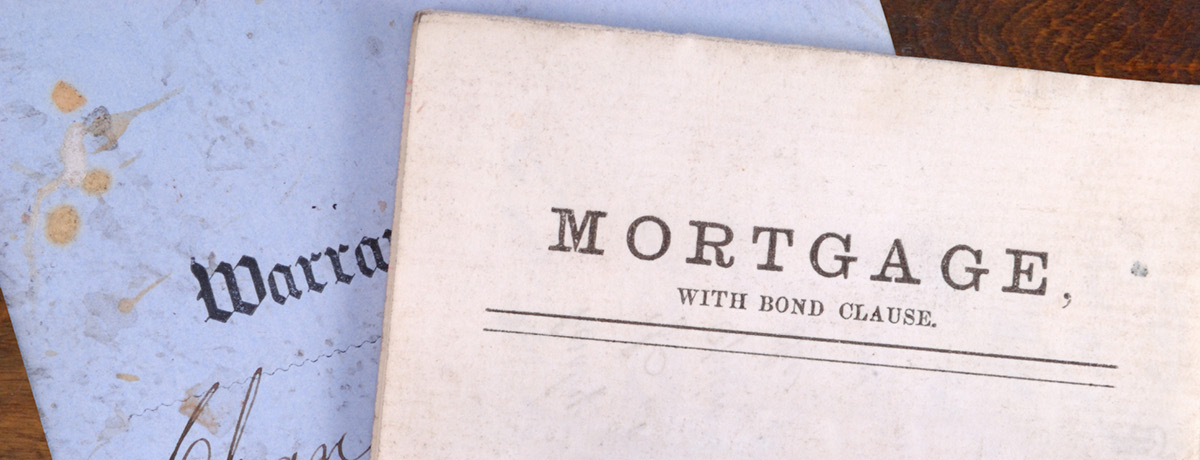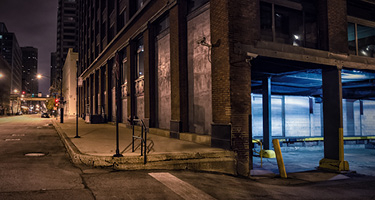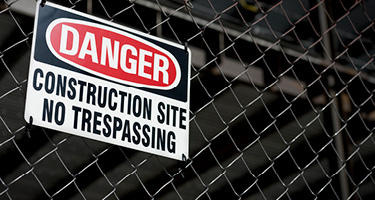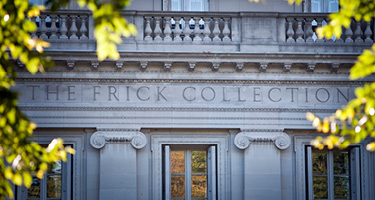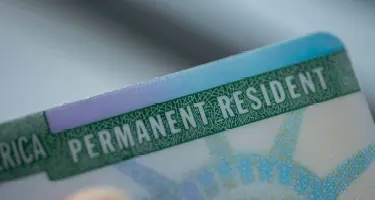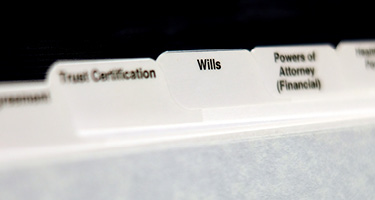New York City real estate: its reputation proceeds itself, and beyond the prices, availability and competition that surround it, there also lies a lot of red tape.
Especially contentious are shared real estate ventures and the often-combative circumstances that arise when multiple parties are involved.
In this particular case, when one property owner prepared to sell their portion of shared real estate, the other tenants put forth their best efforts to circumvent signing the seller agreement. Bribery, extortion and monetary demands from the other property owners turned a cut-and-dry sell into a dispute with an encroaching expiration date.
That’s when the seller turned to Adam Leitman Bailey, P.C., a powerhouse New York City law firm with a veteran real estate lawyer and area native at the helm.
Adam Leitman Bailey P.C.
For over two decades, Adam Leitman Bailey has owned and operated his Battery Park law firm bearing his name, Adam Leitman Bailey, P.C. In that time, he’s participated in some of New York’s most high-profile, groundbreaking real estate legal proceedings and built a law firm equipped with the most talented lawyers and professionals.
When sitting down with Bailey, he waves off discussing the accreditations and years of accomplishments—of which there are many—that follow his career. His passion for real estate and the wins he’s secured along the way guide his career and enable him to continue pursuing victory for his clients.
It was the last two years, when the world was brought to a screeching halt and the city that never sleeps was forced to lie down, that Bailey stood unwavering in his workload. The clients and cases didn’t stop just because everything else had. While everyone else was grappling with a new normal, Bailey was flipping normal on its head.
Through creativity, ingenuity and outside-of-the-box thinking, Bailey used new tactics, pushed the limits of tried-and-true lawyering and went to work for clients who entrusted him with their most important legal dealings.
After talking with him, the man who has not only a passion for real estate law but a talent that he’s cultivated and nurtured through years of practice, we thought it best to let his work speak for itself.
What’s Old is New
That phrase and the cyclical nature of the world remind us often that sometimes, the best way to solve a new problem is with an old solution.
That’s exactly what Adam Leitman Bailey did for a client in 2020. Digging deep into the archives of legal tactics from days past, Bailey was able to help a client file a 36-year-old document that was never officially recorded by the NYC Department of Finance.
The document, an easement that was entered into by four parties in 1986, was established to allow the owners to split a multi-building section of real estate in New York City into five separate legal subdivisions. The easement outlined, in part, that the property would have a passage accessible from all floors and stairwells adjoining a corridor that would lead through the yards of the property and to the rear of the buildings. The four parties agreed and signed all necessary legal documentation, with the exception of filing together with the NYC Department of Finance.
This wouldn’t become an issue until 2019, however, when one of the four original property owners entered into a Purchase and Sale of one of the five subdivided lots. The new buyer would not get approval from the lender “due to a cloudy title caused by an easement that supposedly had not been filed correctly.” Because of this, all parties postponed the closing date to give the seller time to clear up the issue.
The seller came together with the other three property owners and worked to update the easement but was met with resistance after introducing the updated easement agreement. At least one of the other owners made demands for changes to the agreement, which the seller believed to be a bribe to extort financial reimbursement, as it was known that the seller was under time constraints to complete the closing before a certain date.
It was then that the seller contacted Adam Leitman Bailey, P.C. Facing the unexpected difficulties in filing the amended agreement and bribery from the other owners involved, the seller needed advice and clarity.
The seller turned to the firm and Bailey himself, hoping that with the proper guidance and knowledge, they could forge a path forward.
And that’s just what they did—by going back in time.
The Firm’s First Course of Action
Initially, the solution seemed clear. The firm sought to simply file the nearly four-decade old easement in the present. Although this seemed like the straightforward resolution, time and technology soon became an obstacle.
Because the seller did not have the original signed document from 1986, only an electronic PDF of the easement, the seller’s transactional lawyer noted that the County Clerk and the New York City Automated City Register Information (ACRIS) would not accept the document. Aside from missing signatures, which were needed to accept the document according to ACRIS, the original document was also deemed necessary.
To some, this setback would have been a crucial misstep. To Bailey and his firm, it spurred the ingenuity and imaginative thinking that would propel them to success.
A Solution Unveiled
After more research by Bailey and the firm, they discovered two critical facts: First, the buyer’s title report did not specify that the unrecorded 1986 easement was an exception to the title insurance coverage. Second, and perhaps most vital to the case: according to New York common law, the PDF copy of the original document could, in fact, be filed and recorded as an “ancient mortgage doctrine.”
The PDF document met several sets of outlined criteria in the ancient mortgage doctrine, and using this information, Bailey and the firm were able to produce an affidavit that would be filed with the 1986 easement.
When both involved title companies still declined to file the easement with this new affidavit, attorneys and paralegals from Adam Leitman Bailey, P.C. worked together to file it themselves. They were met with many anticipated questions from the County Clerk, all of which the lawyers and staff expertly answered.
Persistence, innovation and a look back in time allowed the firm and Bailey himself to ultimately have the PDF version of the 1986 easement successfully filed with the NYC Register.
The work of Adam Leitman Bailey, John Desiderio, Andrew Jorges and Sophia Bule allowed the seller to finalize the transaction by the agreed upon closing date.
Why It Matters
Real estate law is a tricky business in all corners of the country, but New York City and its property owners can often harbor their own challenges that leave many unprepared, swindled and foregone to failure. This uncertainty requires knowledge and a deep understanding, not only of the issues, but of the labyrinth it often takes to reach a resolution.
In times of tumult and uncertainty, Adam Leitman Bailey continues to show tenacity and to fight with creativity, forward thinking and a focus on solutions that matter, for clients who matter more.
